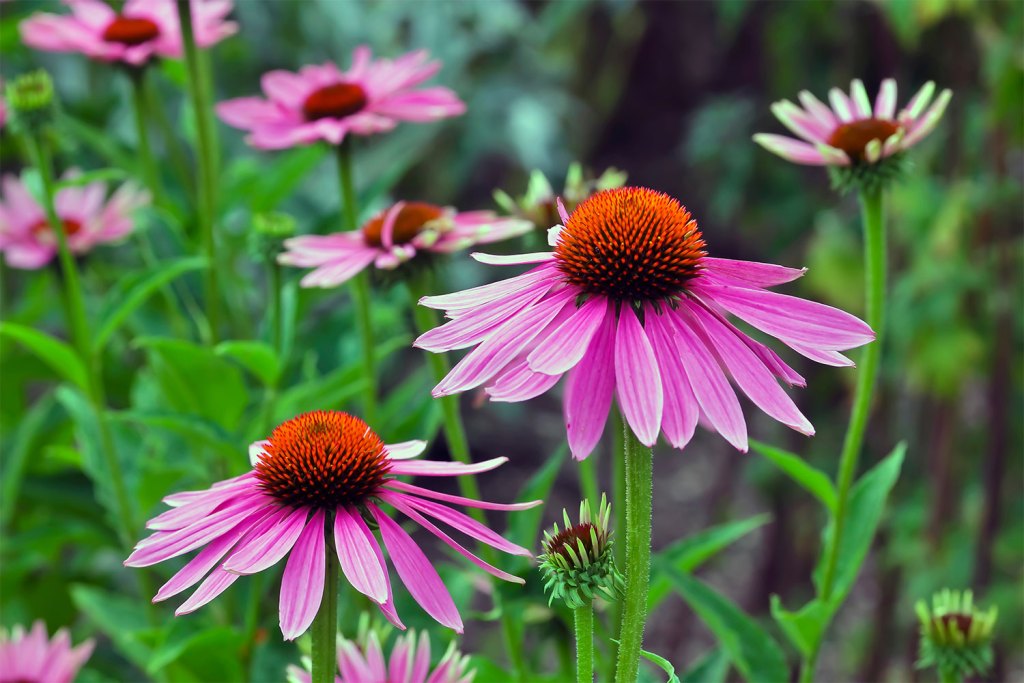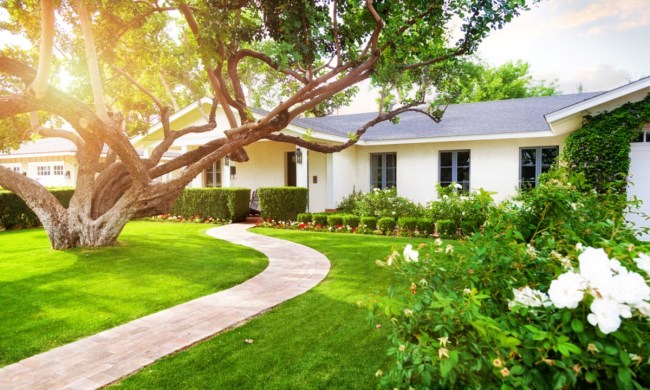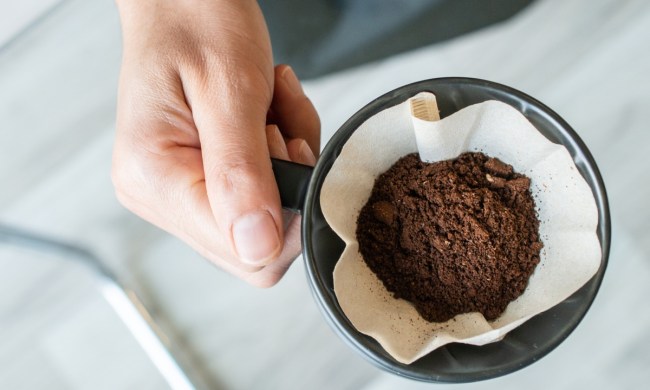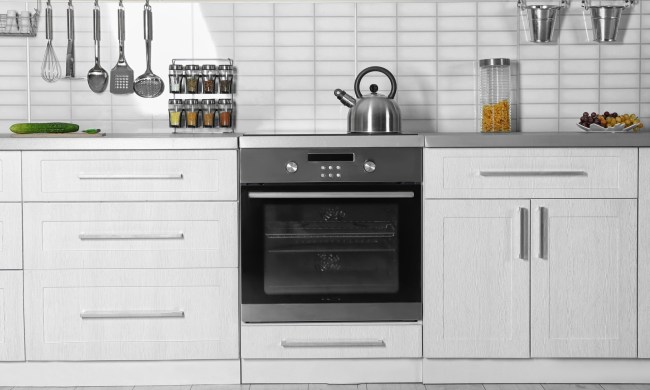One of the things we love most about summer is the flowers. Colorful, beautiful, and fragrant, a yard filled with flowers can be one of the great joys of any home gardener. If you’d rather spend more time enjoying the colors of your garden blooms and less time having to replant each and every year, it’s time to get well acquainted with the world of perennials.
 Why perennials?
Why perennials?
Perennials are plants that live more than two years, unlike annuals which live only a single season, and biennials which, as you can guess, live about two years. Plant a perennial and, barring some sort of gardening catastrophe, you are virtually guaranteed it will live for three seasons or more so you don’t have to replant your garden at the change of every season. Some perennials can live for decades, and in the case of peonies, they very well could outlive you.
Sadly, the blooming season of many perennials is short — in the case of peonies, for example, it’s just seven to ten days. However, there is a wide variety of other perennials with more extensive blooming seasons that you can enjoy for weeks and months to come.
These perennial flowers not only come back year after year, but they also have a longer blooming season to keep your yard well stocked with flowers from the end of the frost straight through Labor Day. We’ve gathered together the most popular perennials flowers that bloom all summer long to keep your landscape looking gorgeous!
 Perennial flowers that bloom all summer long
Perennial flowers that bloom all summer long
Phlox
With large blooming clusters that grow from rigid stems, this perennial wildflower makes a statement. Available in a wide range of colors, including white, pink, lavender, salmon, and red, and lengths ranging from compact to long, phlox can add both color and dimension to your garden plan.
Phlox thrives in nutrient-rich, well-draining soil and requires at least six hours of sunlight per day, although they are hardy enough to grow well in partial shade too. Be sure to deliver an inch of water total over the course of a week.
Lavender
Despite the name lavender, this amazingly versatile perennial can also be white, pink, or yellow in color. Lavender also has many culinary uses because of its strong pigment, intoxicating aroma, and earthy flavor. A beautiful addition to your perennial garden plan, lavender plants can reach a height of two to three feet, so they are great to plant if your yard is looking a little too uniform. This plant grows best in full sun, and well-draining, dry soil, so keep it out of the shade and don’t overwater!
Hydrangeas
Hydrangeas are one of our favorite flowering perennials. With snowball-like blossoms that bloom from late spring to late summer, hydrangeas are one of the easiest growing, most prolific perennials around. With colorful blooms varying from snowy white to pale pink, lavender to deep blue, you can actually change the color of your hydrangea’s flowers based on the makeup of your soil.
More acidic soil, with a pH level lower than 6.0, will yield hydrangeas in blue or lavender, while alkaline soil, having a pH level of about 7.0, tends to see blossoms in pinks and red. If your soil’s pH is somewhere between 6.0 and 7.0, you’ll likely see blooms in purple or bluish pink. To lower the pH levels in your soil and get those deep blue petals, add garden sulfur or aluminum sulfate to your soil.
Creeping thyme
Creeping thyme is a low-growing, ground cover that can effectively fill empty spots in your yard or gaps between stepping stones and walkways. Not only is it a great, low-maintenance option, but it can also minimize soil erosion and prevent weeds. While creeping thyme isn’t the edible variety used for cooking, it does boast the same wonderful herbal fragrance, providing a wonderful aroma you’ll enjoy on warm summer days Creeping thyme is best suited for sunny or lightly shaded areas of the garden, and is generally a very no-fuss, easy plant perfect for beginners.
Whether you’re a novice gardener or have a bright green thumb, it’s easy to achieve a rainbow of colorful blossoms in your garden all summer long and for years to come. Pick up a few seeds from your local gardening supply store, and get started on your outdoor oasis.
 Why perennials?
Why perennials? Perennial flowers that bloom all summer long
Perennial flowers that bloom all summer long


